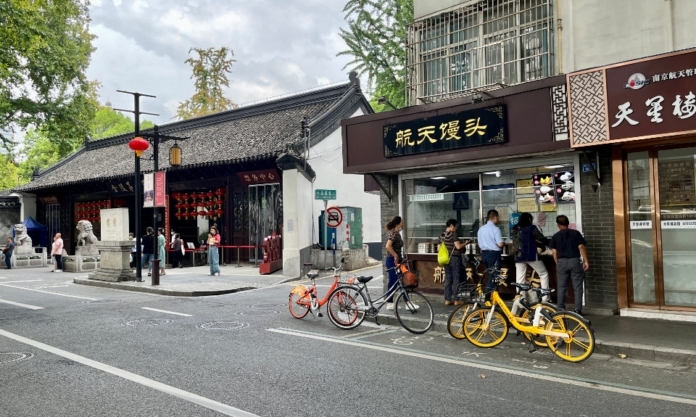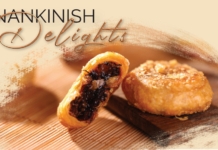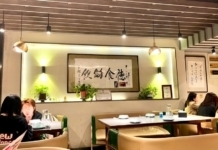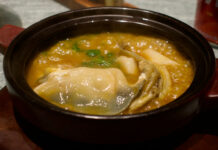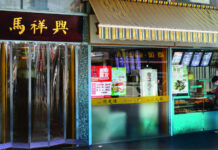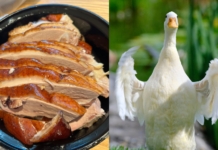Have you ever thought of visiting the Confucius Temple (Fuzimiao; 夫子庙) area and sampling some local cuisine there? If so, you might have already been warned off by your Nanjing friends.
It is puzzling because the area indeed had a reputation for delicious food. These days, however, too many restaurants and shops in that area offer nothing but overpriced, poor-quality food, with the knowledge that most of their customers are tourists who will not come back anyway. One may even argue that the locals will not eat anything in the Confucius Temple area. Well, that is partly true considering most locals do not go to Confucius Temple in the first place. However, many people actually live or work in that area. Where and what do they eat?
I happen to be a frequenter of the Confucius Temple, and I used to go there every week for 8 consecutive years due to a personal interest. Here are a few names on my go-to list for a quick and tasty meal.
Lotus Lake
Lotus Lake (Lianhu; 莲湖) is a big name to senior Nanjingers. It is the reason why many of them would return to the centre of the Confucius Temple area every year, especially around the Double Ninth and Lantern Festival. The old patrons love to complain that Lotus Lake is not as good as it used to be, yet they respect it, forgive it and spoil it. That’s why you should go there; you will see what I mean.
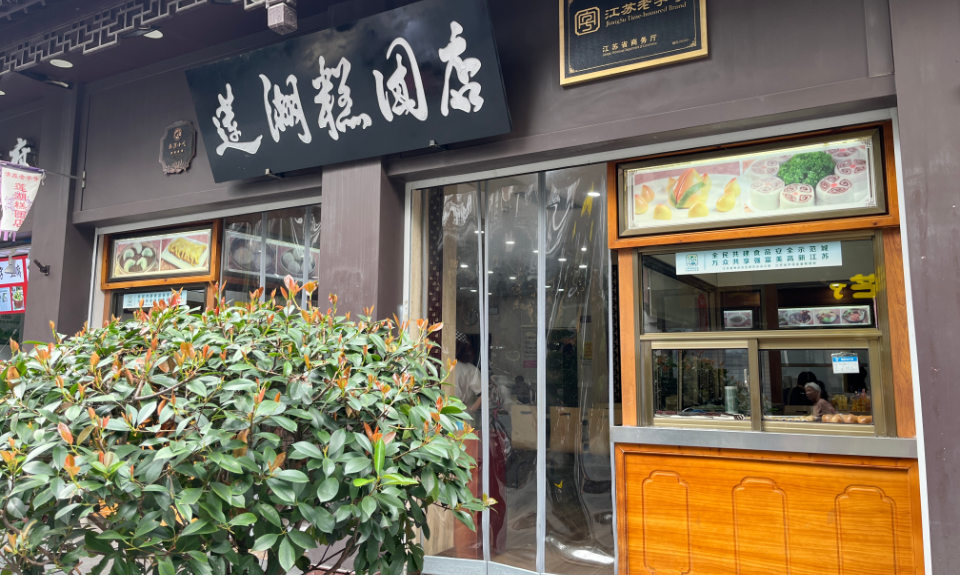
If you would take pictures under the famous wooden arch by the river, you would be within 150 metres of Lotus Lake. That said, the place can be easily overlooked by most visitors, seeming a bit dingy from the outside amd overshadowed by plenty of ostentatious souvenir shops on both sides of the road.
As you approach the entrance, you will see piles of assorted rice cakes displayed at the take-out window. These are what Lotus Lake is most famous for. They are big, sticky, chewy and fulfilling. I have never managed to finish a single piece in one go.
My go-to options are not the cakes, but their beef wonton and sticky-rice pearls. The combination of the two makes a simple, yet satisfying meal. The wonton broth contains seaweed, dried shrimps and minced Chinese pickles, exactly as how my mum would make it. The sticky-rice pearls (yuanxiao; 元宵) come in a thickened sweet soup with red beans and lotus seeds. The pearls are on the bigger and chewier side and look almost identical to the lotus seeds. It is a hearty bowl of sweetness that completes the umami from the wonton soup.
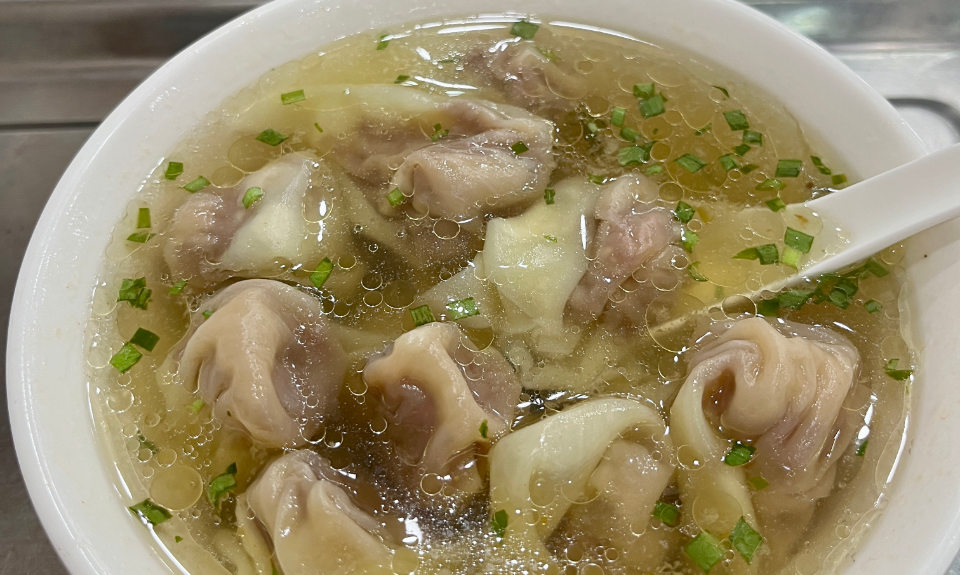
What really makes this place unique is its seeming resistance to change. The layout of the restaurant looks exactly the same as my childhood memory, although I’m sure the walls have been repainted and the chairs replaced, etc. Many other details remind older customers of those state-operated restaurants back in the 1980s; the style of the price tags, the aluminum trays, and, most impressively, the indifferent and impatient looks of the staff. It seems to be one of the few places that has survived China’s economic reform without improving the service or following the trends. As I said, it is spoiled by the local patrons. I find myself on their side.
Aerospace Buns
Right next to Zhanyuan Garden, this little shop is where you find some of the best steamed buns in the city. It is called Aerospace Buns (Hangtian Mantou; 航天馒头) because it is run by the kitchen of the Nanjing Institute of Space Management, located steps away. A plethora of buns and other steamed goodies are made by the institute catering and sent to the store twice or thrice a day. If you come at the right time and get a bun just out of the steamer, it will be too hot to grab. However, most regular customers do not care about the temperature because they often take away dozens of buns and reheat them at home over the following few days. You would want to come early before they sell out, and a 5-minute queue is to be expected.
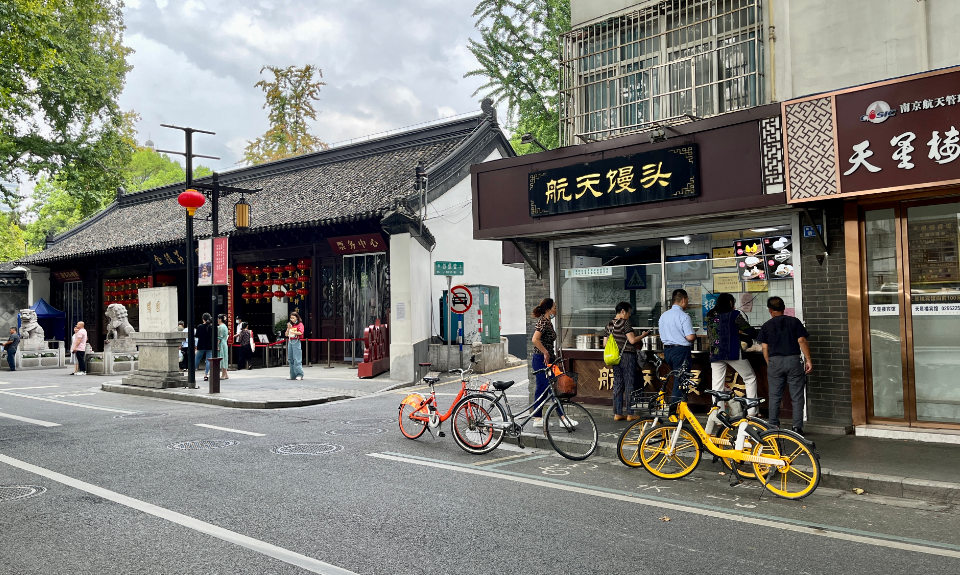
Apart from the plain buns (mantou), there are about seven different stuffed buns (baozi) to choose from, whether you are vegetarian, carnivorous, or sweet toothed. My personal favourite is the bok choy filling made with shredded bok choy cabbage, shiitake mushroom, doufu and sesame oil. All the buns are big and well-stuffed, and reasonably priced, between ¥1.5 and ¥3.8 each.
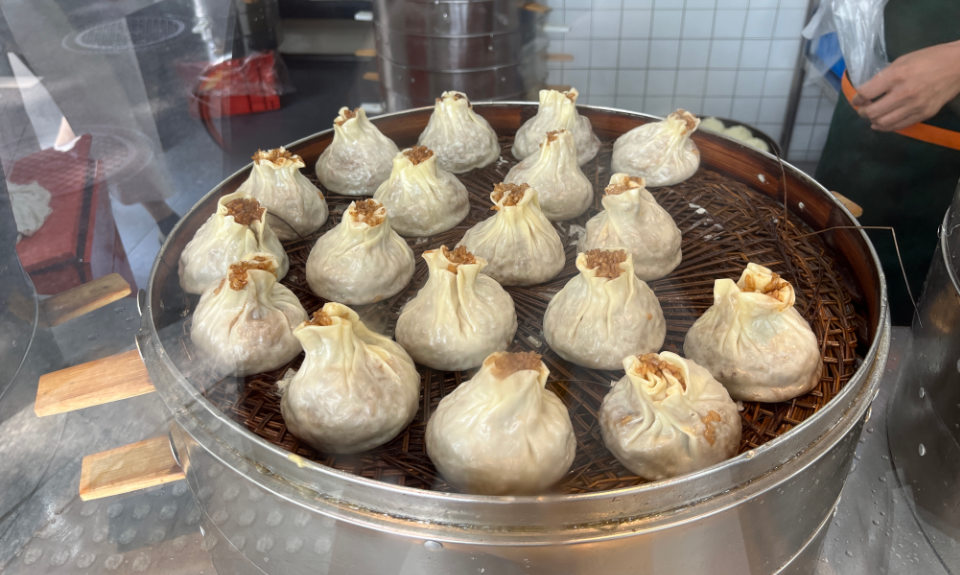
But Aerospace is not just about buns. Their rice shaomai (aka shumai; 烧卖), in my view, is a textbook example of how soy sauce is used in Nanjing cuisine. The sticky corn cake (wowotou; 窝窝头) and black rice cake (heimi gao; 黑米糕) are also my all-time favourites.
Wang Jianfa’s Confection
This place sits conveniently on my way from Sanshan Jie Metro Station to Confucius Temple. For most passersby, however, it is so small that it easily goes unnoticed. Others might happen to lay their eyes on the storefront, and be unimpressed by the array of grab-and-go rice cakes and assorted-sweet soups in disposable bowls. Yes, this gem is so deeply hidden that you need some extra tips to uncover it.
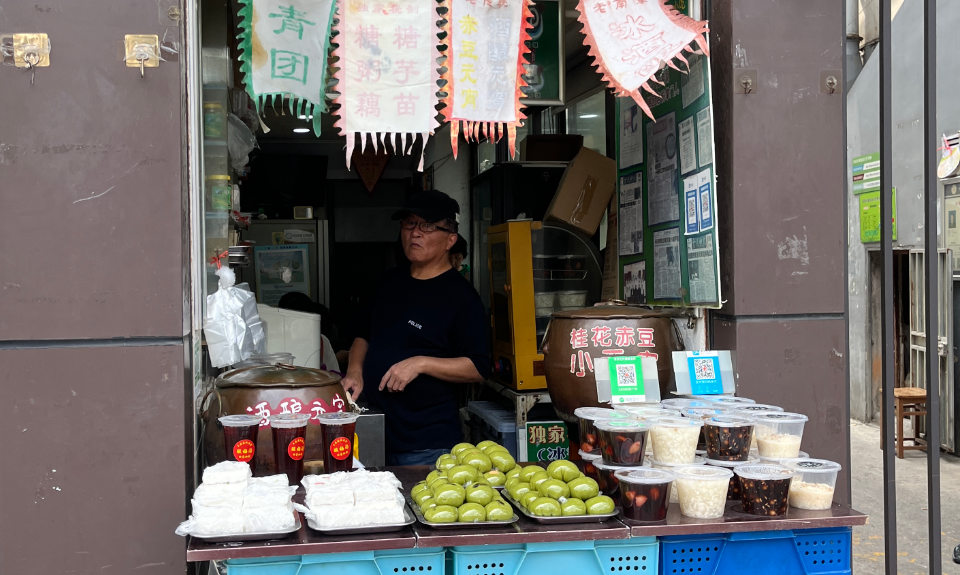
Two tips, actually. First, order stuffed-sticky-rice balls (tangyuan; 汤圆) and sweet-baby taro (tang yumiao; 糖芋苗). You may want to try some other goodies as well but these two are hands down the best. Second, ask to eat inside the store. That’s right. This place has a secret dine-in area which consists of two small tables between the storefront and the prep kitchen.
The stuffed-sticky-rice balls are made in traditional Nanjing style. They are not individually wrapped, but instead rolled like snowballs. Beginning by dampening the filling cubes and rolling them on a blanket of sticky rice flour, the small snowballs are again dampened and rolled until they reach the ideal size. That’s why they are also called “layered-rice balls” (die yuanxiao; 叠元宵) in Nanjing. You now have a thicker and chewier layer of rice which will not break in boiling water. Cooked rice balls are available from mid October to February. They swim in a large pot of simmering water which is lightly flavoured with red dates, goji berries and brown sugar.
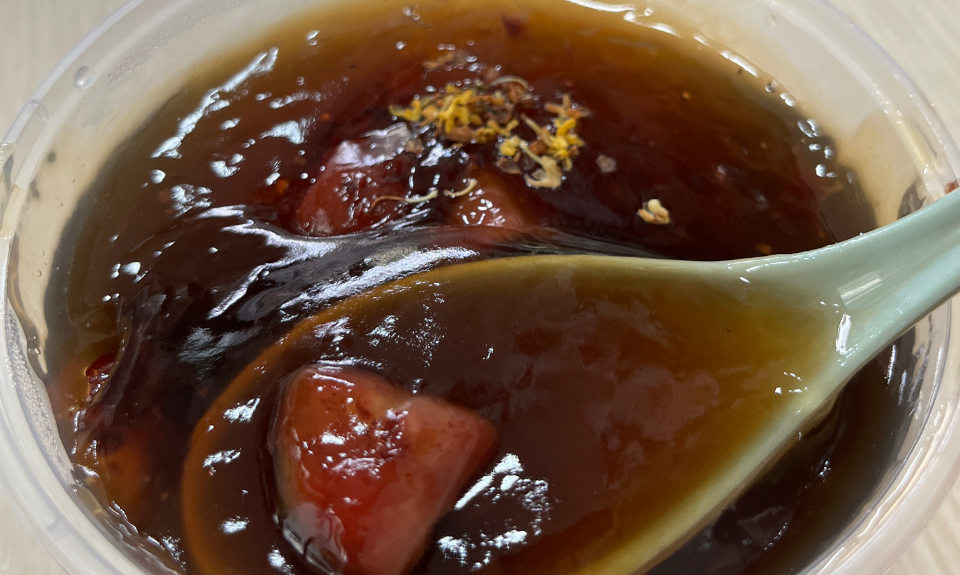
Sweet-baby taro is a classic local dessert and is almost exclusively found in Nanjing. Unlike ordinary taro roots, baby taros are silky, tender and less starchy. They are slowly boiled in brown sugar water which is then thickened with lotus-root flour and topped with osmanthus blossoms. Now as I sit in the rear of the store with a bowl of sweet-baby taro, talking with the owner in Nanjingese, it feels like visiting an old friend’s apartment. The soup is warm and sweet, with the fragrance of osmanthus blossoms wafting on the early-autumn breeze. It is simple, delicate and comforting.
In case you wish to balance the sweetness with something savoury, a fried dumpling (guotie) restaurant is right across the road from Wang Jianfa’s. Even better, a few steps away there is Mountains H2O, a coffee-shop-cum-beer-bar that serves Nanjing-themed coffee specialties and canned beers in the daytime (but if you look at the taps and wonder when they can be turned on, Matt Ford’s article in this issue will be helpful; see Local Reviews).
Who said a trip to the Confucius Temple won’t satisfy your stomach?
Lotus Lake 莲湖糕团店, 26 Gongyuan Xijie 贡院西街26号; Tel: 025-52251232. Hours: 11:00-21:00
Aerospace Buns 航天馒头, 126-18 Zhanyuan Rd 瞻园路126-18号; Tel: 025-52248525. Hours: 06:00-19:00
Wang Jianfa’s Confection 王建发糕团店, 35 Jinshajing 金沙井35号; Tel:13851757080. Hours: 08:30-21:00


